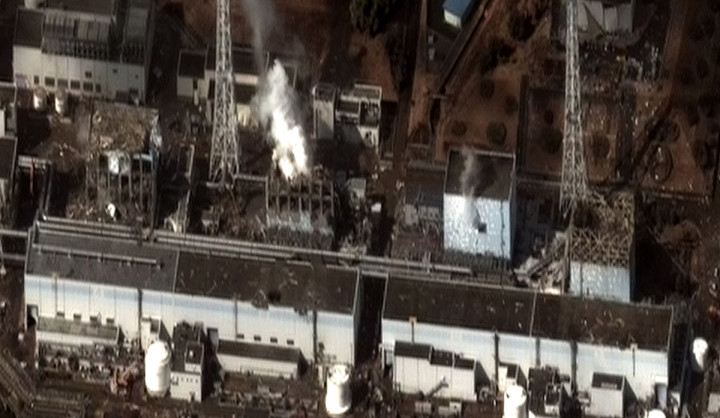The information was revealed by Tokyo Electric Power Co. President Naomi Hirose, who released an apology. He confirmed that TEPCO ordered not to use the word “meltdown” when referring to what happened at the crippled plant.
“I would say it was a cover-up,” Hirose told a news conference. “It’s extremely regrettable.”
Earlier in June a report emerged that then-President of Tokyo Electric Power Co. Masataka Shimizu told employees not to use the word “meltdown.” The decision was allegedly made under pressure from the Japanese government.
According to the document, someone in the government headed by Prime Minister Naoto Kan of the Democratic Party of Japan wanted the tragedy hushed up.
March 14, only three days after the catastrophe, Shimizu sent a note to company Vice-President Sakae Muto, warning him not to say “meltdown,” the report claimed. Muto was heading to a panel to discuss the crisis.
“Considering this fact, it is presumable that the Prime Minister’s Office requested Shimizu to be careful about admitting to a meltdown in public,” the report said, as cited by the Japan Times.
According to Yasuhisa Tanaka, who headed the panel which contributed to the report, a hearing with dozens of TEPCO employees was conducted. However, he didn’t talk to anyone from the government.
“Looking at the situation back then, we think it was difficult for TEPCO to use the term meltdown because even the Nuclear and Industrial Safety Agency couldn’t use it,” due to apparent government pressure, Tanaka said.
In fact the first time TEPCO used the word “meltdown” was May 15, 2011, over two months after the tragedy. The company preferred to use “core damage” about the reactor that was severely damaged in the earthquake and tsunami.
The Fukushima Daiichi nuclear disaster, the largest since the 1986 Chernobyl event, took place in March 2011 and resulted in three nuclear meltdowns and a leak of radioactive materials. The accident prompted a nationwide shutdown of all nuclear power plants in Japan with Sendai being the first to start working again in August 2015.










